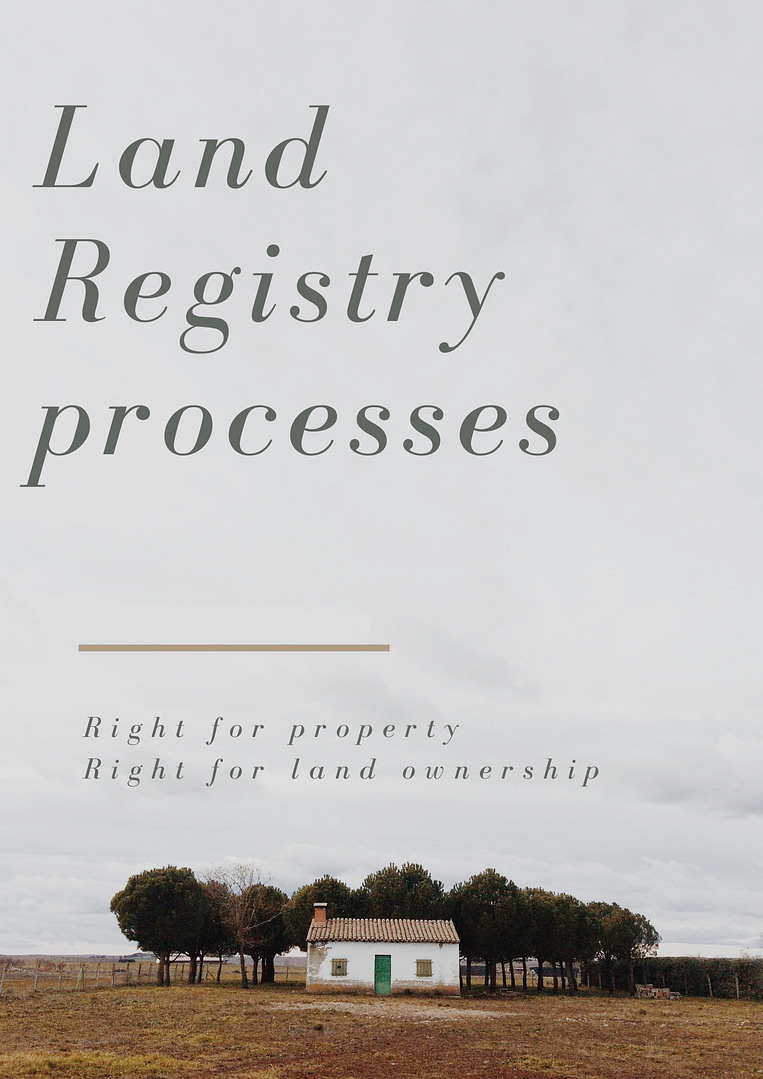In the European Union (EU), the role of a land administrator can vary depending on the country and specific responsibilities assigned to the position. However, in general, a land administrator is responsible for managing and overseeing various aspects related to land administration and land management. Here are some common tasks and responsibilities associated with the role:
- Land Registration: A land administrator is typically responsible for maintaining accurate and up-to-date records of land ownership and rights. This includes registering land transactions, such as sales, transfers, mortgages, and leases, and ensuring that the land registry reflects the most current information.
- Land Use Planning: Land administrators often play a crucial role in land use planning and zoning. They may be involved in developing land use policies, regulations, and guidelines to ensure sustainable and efficient land utilization. This may include determining appropriate land uses, zoning restrictions, and environmental considerations.
- Property Valuation and Taxation: Land administrators may assess the value of land and property for taxation purposes. They may be responsible for establishing property valuation methods, determining property tax rates, and collecting property taxes.
- Land Consolidation and Redistribution: In some cases, land administrators may be involved in land consolidation and redistribution efforts, particularly in agricultural contexts. This can involve assessing land holdings, facilitating land exchanges, and implementing measures to optimize land use and improve efficiency.
- Land Dispute Resolution: Resolving land-related disputes is another important aspect of a land administrator’s role. This may involve mediating conflicts between landowners, addressing boundary disputes, or providing expert testimony in legal proceedings related to land disputes.
- Data Management and Geospatial Information: Land administrators often manage large amounts of land-related data, including geospatial information, cadastral data, and land records. They may oversee the development and maintenance of digital land information systems to support efficient land administration processes.
- Collaboration and Stakeholder Engagement: Land administrators typically work closely with various stakeholders, including government agencies, landowners, developers, surveyors, and legal professionals. They may collaborate on policy development, consult on land-related matters, and provide guidance and support to stakeholders involved in land transactions and development projects.
It is important to note that specific responsibilities and the organizational structure of land administration can vary across EU member states. Therefore, the exact role of a land administrator may differ from country to country, influenced by national legislation and administrative practices.
Particularly, there are four types of land administration:
- Land Parcel Identification System (LPIS): LPIS is a type of land registration that focuses on identifying and mapping individual land parcels. It involves assigning unique identifiers to each parcel of land and maintaining a register that records information such as land boundaries, ownership, and land use. LPIS is often used for agricultural land and is important for the administration of Common Agricultural Policy (CAP) subsidies in the European Union.
- Cadastral Registration: Cadastral registration involves maintaining a cadastral map and register that provides detailed information about land parcels, including their boundaries, dimensions, ownership, and any associated rights, such as easements or mortgages. Cadastral registration is crucial for land management, urban planning, taxation, and legal purposes. It provides a comprehensive record of land ownership and helps ensure secure property rights.
- Land Title Registration: Land title registration, also known as land registry or land book registration, focuses on registering and documenting ownership rights and interests in land. It establishes a legal record of land ownership and provides a means to prove ownership and transfer property rights. Land title registration systems typically include a public register that records ownership, encumbrances, and any other relevant information related to land transactions.
- Land Use Planning and Zoning Registers: Land use planning and zoning registers are used to document land use designations and restrictions within specific areas or zones. These registers provide information about permitted uses, development regulations, and restrictions on land parcels. They are essential for controlling and managing land use, ensuring compliance with planning policies and regulations, and guiding land development activities.
The specific land registration systems and terminology may differ, but the underlying principles of accurately documenting land ownership, boundaries, and associated rights remain consistent.





